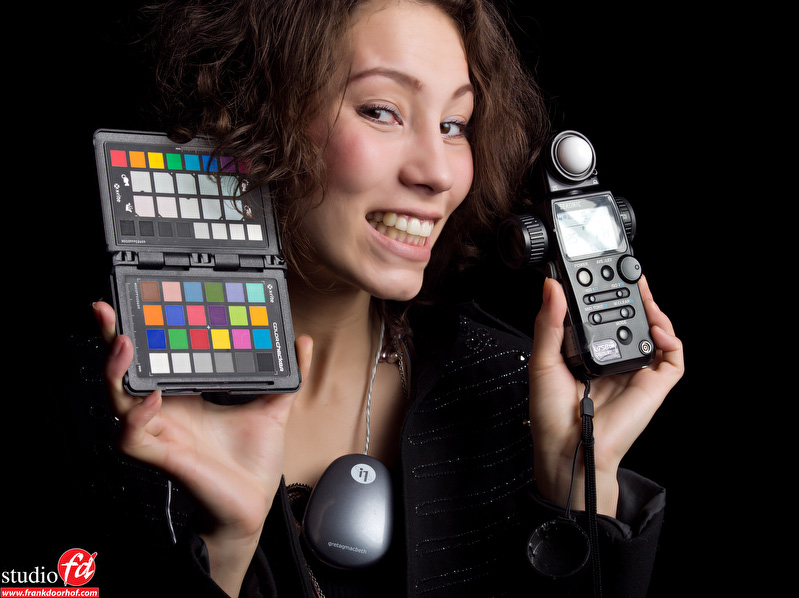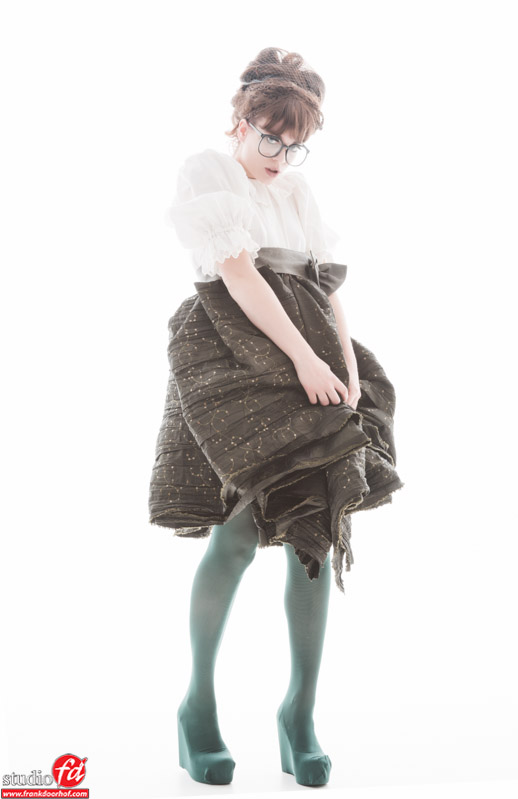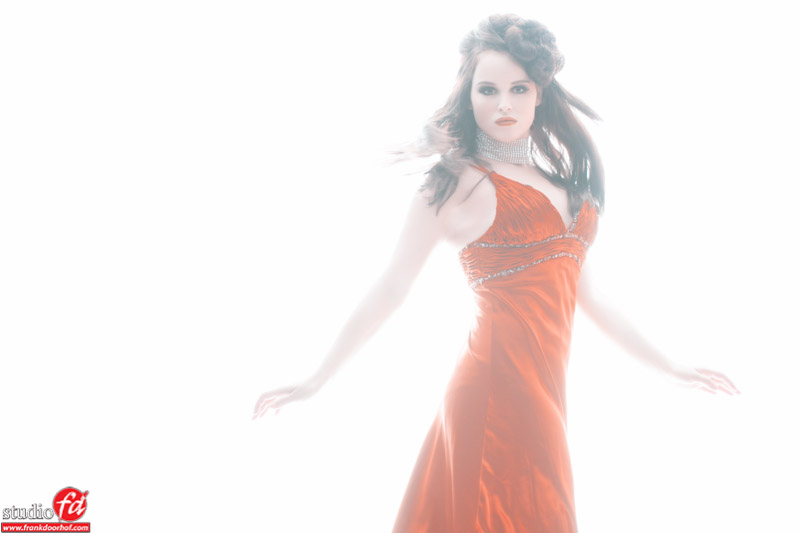A topic on the light meter
I recently put a topic on social media and got so many good responses that I thought it also needed a place on the blog. Now let me make one thing 100% clear before starting this topic. The light-meter is a tool, it’s nothing less and nothing more. If you don’t use a light-meter you’re not a bad person, you are without any doubt not a lesser photographer than someone who is using it, I think that from all “photographers” out there now a days less than 1% is using a light meter, from the pros this percentage will be a little bit higher and as you know those people can create stunning images.

I for one however strongly believe that someone that is into photography should at least look at the light meter to see what it does and how it operates, because if you use one, one thing is for sure it WILL speed up your workflow considerably and also helps you to create the same quality of exposure over and over again.
Now in the past I’ve written a lot on the subject and I still believe that there are areas that I did not touch (so who knows what you will see more in the future), during my workshops and talks to photographers I find that the group using a meter is very very small, when I talk about the reasons I often get the same responses “You don’t need it with digital right?” and that’s ok, with digital you can indeed judge an image on the “instant polaroid” on the back of your camera or on your screen. However I also get responses like “I use the histogram”, “I always thought meters were only for the landscape guys”, “I was told that the meter was inaccurate and that with digital you could nail the exposure so much better”…..
I’m not sponsored by Sekonic (and trust me I tried :D) but somehow the whole light meter thing did got me thinking and I decided a few years ago during PSW to do a class on why I use a meter with stunning results (I believe they sold out the meters in a few hours) ever since it’s been a solid part of what I teach.




You must be logged in to post a comment.